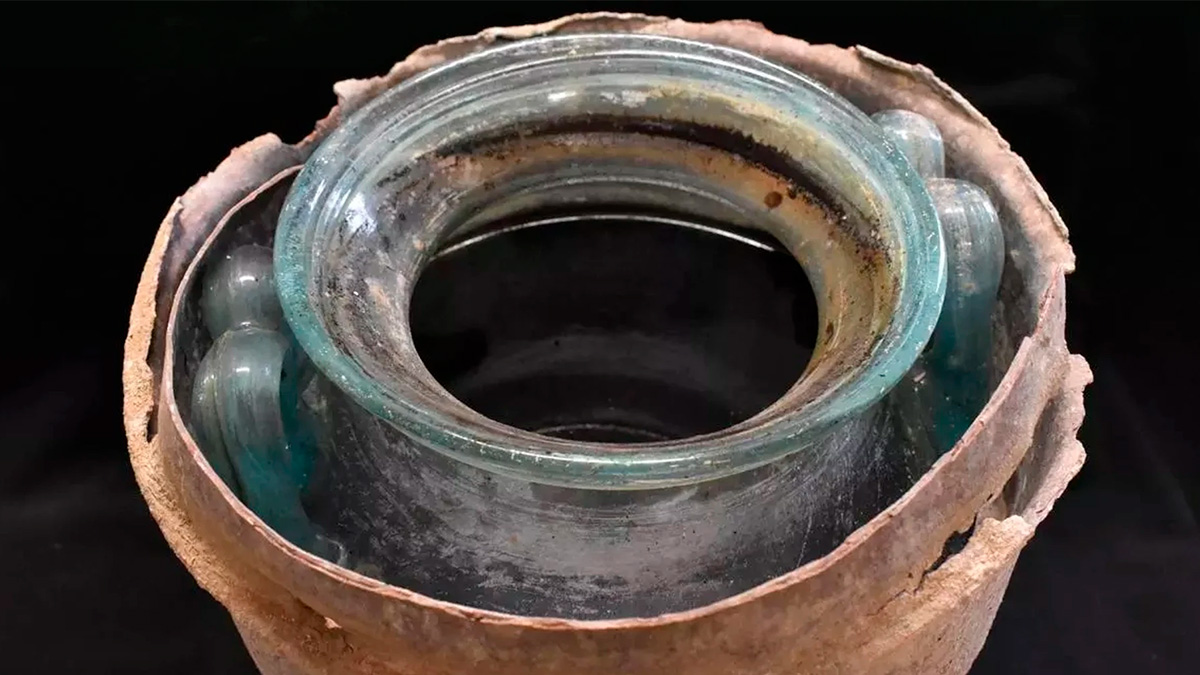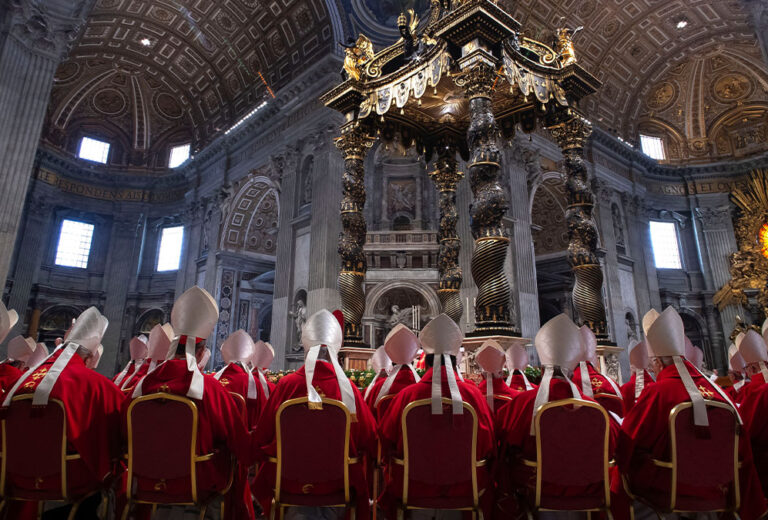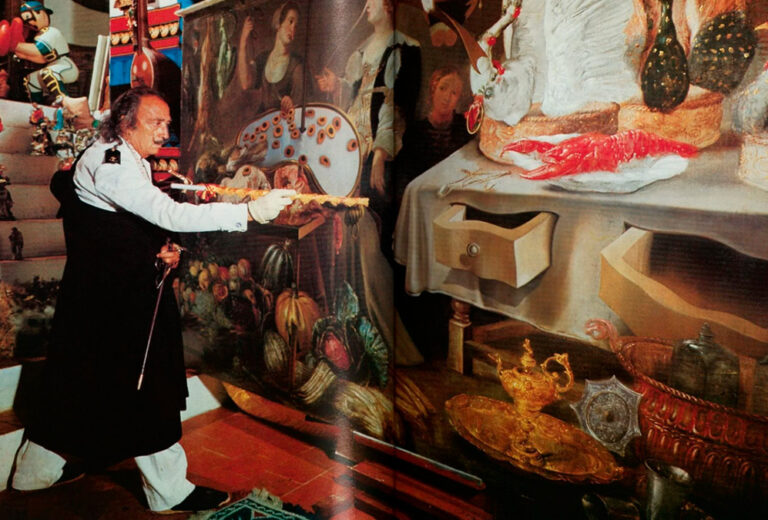Click here to read the Spanish version.
A team of archaeologists from the City Council of Carmona (Seville) and the University of Cordoba has discovered the oldest wine in the world in the Sevillian town. The discovery was made in 2019 during the investigation of a Roman tomb found in a house in the town.
According to a collective statement from the Town Hall and the University, the wine was found in a glass urn containing the skeletal remains of one of the men buried in the tomb, in which evidence of three other people was also found.
The wine was originally white, but over time it acquired a reddish hue. This liquid has remained preserved since the 1st century AD, as revealed by the team from the Department of Organic Chemistry at the University of Cordoba, led by Professor José Rafael Ruiz Arrebola, together with the municipal archaeologists.
This discovery positions it as the oldest liquid wine found to date, surpassing the Speyer wine bottle, discovered in 1867 and dated to the 4th century AD, which is preserved in the Historical Museum of Pfalz (Germany).
We were very surprised that liquid was preserved in one of the funerary urns,’ explained Juan Manuel Román, municipal archaeologist of the Carmona City Council. The conservation conditions of the tomb, which has remained intact and well sealed for 2,000 years, allowed the wine to maintain its natural state. However, doubts arose as to whether the reddish liquid was really wine, as it had lost its essential characteristics over time.
Chemical analysis carried out by the Central Research Support Service (SCAI) of the University of Cordoba confirmed that the liquid was originally a white wine. This finding not only adds a valuable piece to the study of historical oenology, but also offers a new perspective on wine consumption in ancient Rome.





